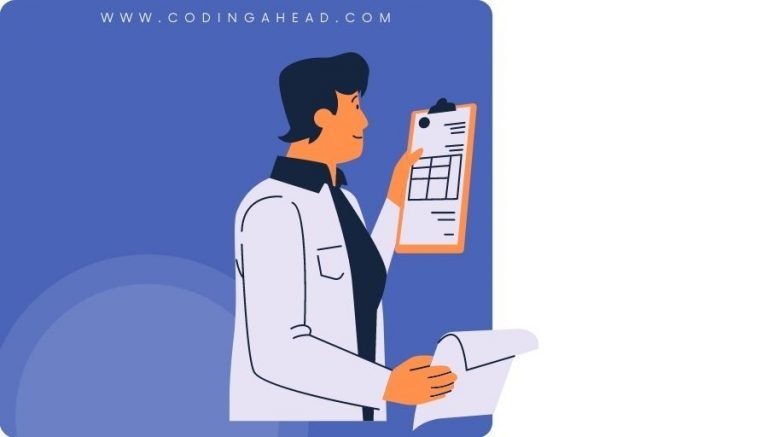How To Use CPT Code 47721
CPT 47721 describes the procedure of cholecystoenterostomy with gastroenterostomy. This article will cover the official description, procedure, qualifying circumstances, appropriate usage, documentation requirements, billing guidelines, historical information and billing examples.
1. What is CPT Code 47721?
CPT 47721 is used to describe a surgical procedure in which a connection is created between the gallbladder and the small intestine, allowing for the drainage of bile. Additionally, a new connection is made between the stomach and the small intestine to facilitate the passage of digestive contents. This procedure is performed to restore gastric and biliary function in cases where there is a blockage or inoperable pancreatic cancer.
2. Official Description
The official description of CPT code 47721 is: ‘Cholecystoenterostomy; with gastroenterostomy.’
3. Procedure
- The provider begins by making an incision in the abdomen and assessing the gallbladder and small intestine for any abnormalities.
- Next, the provider incises both structures and brings a loop of the small intestine up to the gallbladder, creating a connection for the flow of bile.
- Simultaneously, the provider creates an opening between the lower portion of the stomach and the small intestine to allow for the passage of digestive contents.
- The area is irrigated, checked for bleeding, and any instruments are removed.
- Finally, the incision is closed in layers.
4. Qualifying circumstances
CPT 47721 is performed in cases where there is a need to restore gastric and biliary function. This procedure is typically indicated when there is a blockage or inoperable pancreatic cancer. It is important to note that the specific circumstances for performing this procedure should be determined by the provider based on the patient’s individual condition and medical history.
5. When to use CPT code 47721
CPT code 47721 should be used when a provider performs a cholecystoenterostomy with gastroenterostomy procedure. It is important to ensure that the procedure meets the specific criteria outlined in the official description of the code.
6. Documentation requirements
To support a claim for CPT 47721, the provider must document the following information:
- Patient’s diagnosis and the need for the procedure
- Details of the procedure performed, including the specific structures involved and any modifications made
- Date of the procedure
- Any complications or unexpected findings
- Post-procedure instructions or recommendations
- Signature of the provider performing the procedure
7. Billing guidelines
When billing for CPT 47721, it is important to ensure that the procedure performed aligns with the official description of the code. Additionally, providers should follow any specific billing guidelines provided by their respective payers. It is also important to review any applicable bundling or unbundling rules to ensure accurate billing.
8. Historical information
CPT code 47721 was added to the Current Procedural Terminology system on January 1, 1990. In 2017, it was added to the Inpatient Only (IPO) list for Medicare.
9. Examples
- A patient with inoperable pancreatic cancer undergoes a cholecystoenterostomy with gastroenterostomy to restore gastric and biliary function.
- A blockage in the gallbladder necessitates a cholecystoenterostomy with gastroenterostomy to allow for the drainage of bile.
- During a surgical procedure, the provider discovers a defect in the gallbladder and performs a cholecystoenterostomy with gastroenterostomy to address the issue.
- A patient with a history of digestive complications undergoes a cholecystoenterostomy with gastroenterostomy to improve gastric and biliary function.
- A cholecystoenterostomy with gastroenterostomy is performed as part of a larger surgical intervention to address multiple gastrointestinal issues in a patient.
- In a complex case, a cholecystoenterostomy with gastroenterostomy is performed to restore normal digestive function and alleviate symptoms.
- A patient with a blockage in the gallbladder and stomach undergoes a cholecystoenterostomy with gastroenterostomy to establish proper drainage and passage of digestive contents.
- A provider performs a cholecystoenterostomy with gastroenterostomy to address complications arising from a previous surgical procedure.
- During a diagnostic procedure, the provider identifies the need for a cholecystoenterostomy with gastroenterostomy and performs the procedure to restore normal gastric and biliary function.
- A patient with a history of pancreatic issues undergoes a cholecystoenterostomy with gastroenterostomy to improve overall digestive health.



